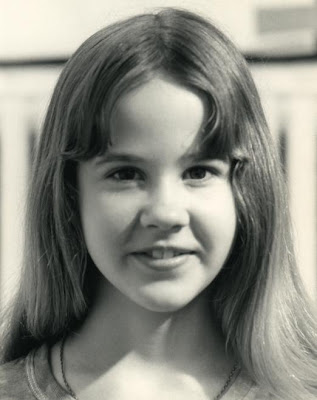There are many key identifiers that can clue you into someone's personality: the clothes he wears, the type of dog he has, or the way he decorates his home par exemple. Even more key is perhaps, not so much the car he drives, but the way he behaves behind the wheel after he's turned the ignition. As such, it sometimes seems that lives of danger or tragedy are prefaced in a star's vehicular life. Here are a few tales of Cars vs. Karma. "Fasten your seat belts. It's going to be a bumpy night."
(I apologize. I published this on Thurs 5/12, but somehow it disappeared overnight. Here it is again. Sorry for the repeat)!!!
James enjoyed whipping around town on a motorcycle
when such vehicles were still seen as a novelty.
Because of the way James Dean lived and because of the way he died, it is difficult to imagine him anywhere but behind the wheel of a car. In addition to his famous "chicken" race in Rebel Without a Cause, Jimmy also did a lot of racing in his private life. In accordance, he picked up more than a few tickets from the po-po, including one on the day of his tragic death: James was pulled over for going 10 miles over the 55 mph speed limit. After receiving the citation, he glumly accepted his error and conceded that he had better slow down, if not for his own safety, then to make sure that Little Bastard didn't get worn out before its first big race in Salinas. (Jimmy named his Porsche 550 Spyder "Little Bastard" because that's what his pal, stunt driver, Bill Hickman, called him. He in turn called Bill "Big Bastard"). Sadly, even though Jimmy eased up on his lead foot, he neglected to put on his seat-belt. Not too long after receiving his ticket, Jimmy was struck at the 41/46 junction when an opposing car came into his lane. This spot now bears his name in memoriam: The James Dean Junction.

James checks out his car in preparation for his race.
Up until this point, Jimmy had been invincible behind the wheel. His father, Winton, once remarked, when reminiscing about his son's early motorbike stunts, that "If he'd only fallen once, things might have been different." Yet, even as a child, while JD suffered the usual cuts and bruises, he always seemed to walk away from his daredevil feats unscathed. (The worst he was to suffer was losing his four front teeth while playing acrobats with friends in the barn. Even this, he shook off). His impenetrability was not pure luck, but the product of intense focus. A powerful driver, Jimmy seemed to be almost hypnotized when behind the wheel, always remaining perfectly in control and unruffled. Yet, James did suffer a minor catastrophe when driving in a Memorial Day race in Santa Barbara. Jimmy bent the rules by entering the race in the first place, for George Stevens had requested that he lay off racing during the filming of Giant. During the competition, James started out in eighteenth place. Before he could gain much ground, another Porsche swerved in front of him, cutting him off and nearly hitting his bumper. To avoid the collision, James stealthily veered his car to the side, where it luckily hit only hay bales. Dave Watson, who was watching, said that had it not been for Jimmy's ability, the accident could have been fatal. Luckily, "he didn't miss a trick." James pulled himself together and worked his way back into fourth place before he was forced to pull out-- his engine blew under the strain. Perturbed at his loss, James remained cool as a cucumber. Better luck next time, he thought. For now, he and his automobile exited unhurt.







That being said, drive safely...



















